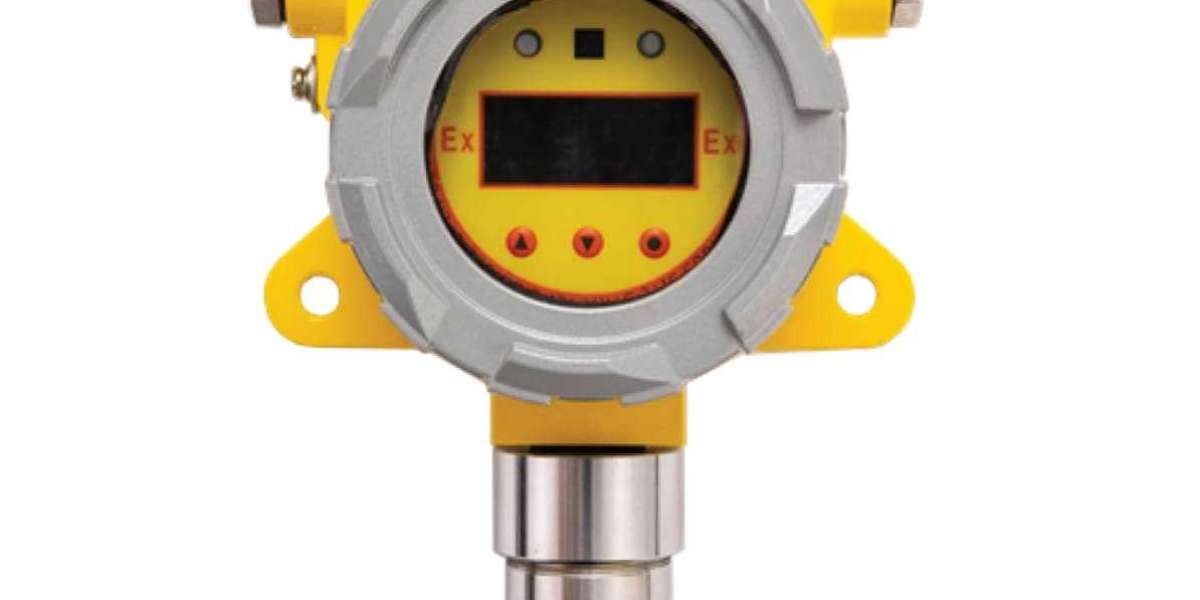Whether you work in industrial settings, laboratories, or even at home, a gas monitor is an indispensable tool for ensuring safety and preventing hazardous situations. This article will explore the importance of gas monitors, how they work, and why you should consider investing in one from Aqoza.
What is a Gas Monitor?
A gas monitor is a device designed to detect the presence of gases in an area. These devices can identify toxic gases, flammable gases, and oxygen levels, alerting users to any hazardous conditions. Gas monitors are used across various industries, including manufacturing, oil and gas, construction, and even in residential spaces. Their primary function is to protect workers and the public from dangerous gas exposure.
Why Are Gas Monitors Important?
1. Safety First
The primary reason for using a gas monitor is safety. Many gases are colorless and odorless, making them difficult to detect without proper equipment. A gas leak can lead to serious health risks, including poisoning or explosions. Gas monitors provide real-time data, allowing users to take immediate action in case of a leak.
2. Compliance with Regulations
Many industries are required to comply with strict safety regulations, which often include the use of gas detection equipment. Investing in a gas monitor helps ensure compliance with these regulations, avoiding potential fines and legal issues.
3. Cost-Effective Solution
While the initial investment in a gas monitor may seem significant, it can save businesses money in the long run. By preventing accidents and ensuring safety, companies can avoid costly shutdowns, repairs, and medical expenses. Furthermore, gas monitors can reduce insurance premiums by demonstrating a commitment to safety.
How Does a Gas Monitor Work?
A gas monitor functions by continuously sampling the air for specific gases. Here’s a breakdown of how it works:
Sensors
Gas monitors are equipped with sensors that detect specific gases. Different sensors are designed for different gases, such as carbon monoxide, methane, hydrogen sulfide, and more. When the sensor detects a gas, it triggers an alarm.
Alarm System
Most gas monitors have visual and auditory alarms to alert users of dangerous gas levels. These alarms are crucial for providing immediate warnings, allowing individuals to evacuate the area or take other necessary actions.
Calibration
To ensure accuracy, gas monitors need to be calibrated regularly. Calibration involves adjusting the device to account for changes in environmental conditions or sensor performance. This process is essential for maintaining reliable readings.
Types of Gas Monitors
1. Portable Gas Monitors
Portable gas monitors are handheld devices that can be easily carried and used in various locations. These monitors are ideal for workers who move between different sites and need a reliable way to monitor gas levels in real time.
2. Fixed Gas Monitors
Fixed gas monitors are installed in specific locations, providing continuous monitoring of gas levels in high-risk areas. These devices are often connected to a central alarm system for immediate alerts.
3. Multi-Gas Monitors
As the name suggests, multi-gas monitors can detect several types of gases simultaneously. These devices are particularly useful in environments where multiple gases may be present, such as industrial sites.
Features to Look for in a Gas Monitor
When choosing a gas monitor, consider the following features:
1. Detection Range
Ensure the monitor can detect the specific gases relevant to your environment. Different industries face different risks, so choose a device that meets your specific needs.
2. Alarm Functionality
Look for a gas monitor with a loud alarm and bright visual indicators. This ensures that users are alerted promptly, even in noisy environments.
3. Battery Life
For portable monitors, battery life is crucial. A long-lasting battery ensures that the device remains operational throughout a work shift.
4. Ease of Use
Choose a gas monitor that is user-friendly. Intuitive controls and clear displays make it easier for workers to operate the device effectively.
5. Maintenance and Calibration
Consider the maintenance requirements of the gas monitor. Devices that are easy to calibrate and maintain will save time and resources in the long run.
Why Choose Aqoza’s Gas Monitor?
Aqoza offers a range of high-quality gas monitors designed to meet various safety needs. Here are a few reasons to consider their products:
1. Advanced Technology
Aqoza’s gas monitors are equipped with the latest technology, ensuring accurate and reliable readings. With state-of-the-art sensors, these devices can detect a wide range of gases.
2. Durable Design
Built to withstand tough environments, Aqoza’s gas monitors are both robust and reliable. Their durable construction ensures long-term performance, making them a smart investment.
3. Exceptional Customer Support
Aqoza prides itself on providing excellent customer service. Their team is available to answer questions, assist with calibration, and offer maintenance support.
4. Competitive Pricing
Aqoza’s gas monitors offer a perfect balance of quality and affordability, making safety accessible for businesses of all sizes.
Conclusion
Investing in a gas monitor is essential for ensuring safety in any environment where gas exposure is a risk. With their ability to detect hazardous gases, these devices play a crucial role in protecting lives and preventing accidents. Aqoza’s gas monitors stand out for their advanced technology, durability, and excellent customer support. Don’t compromise on safety—choose a reliable gas monitor to safeguard yourself and your workplace.

